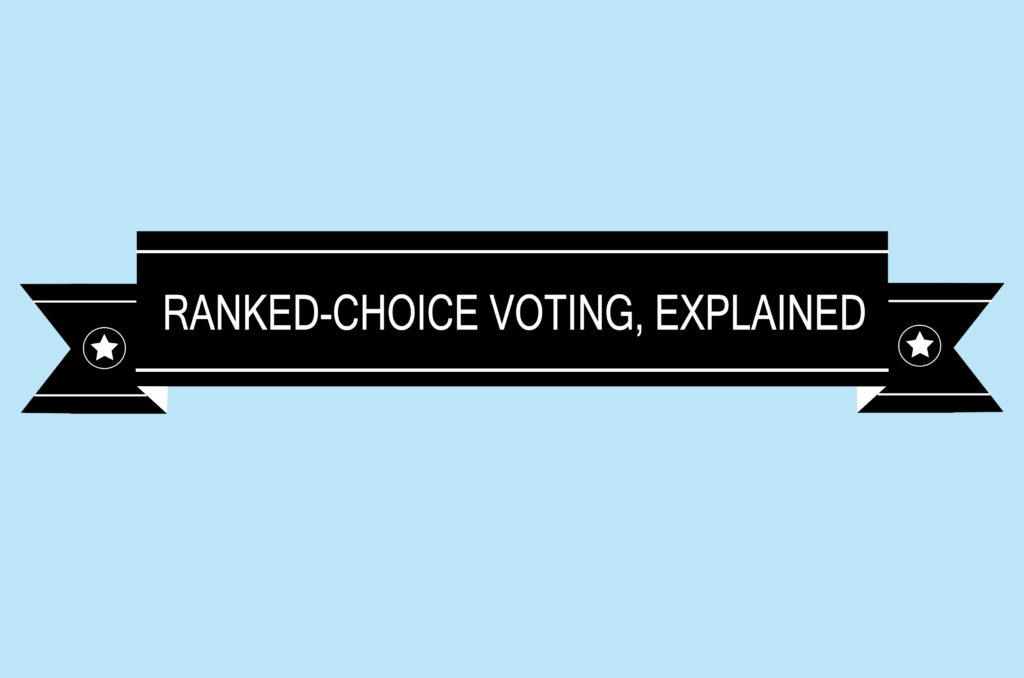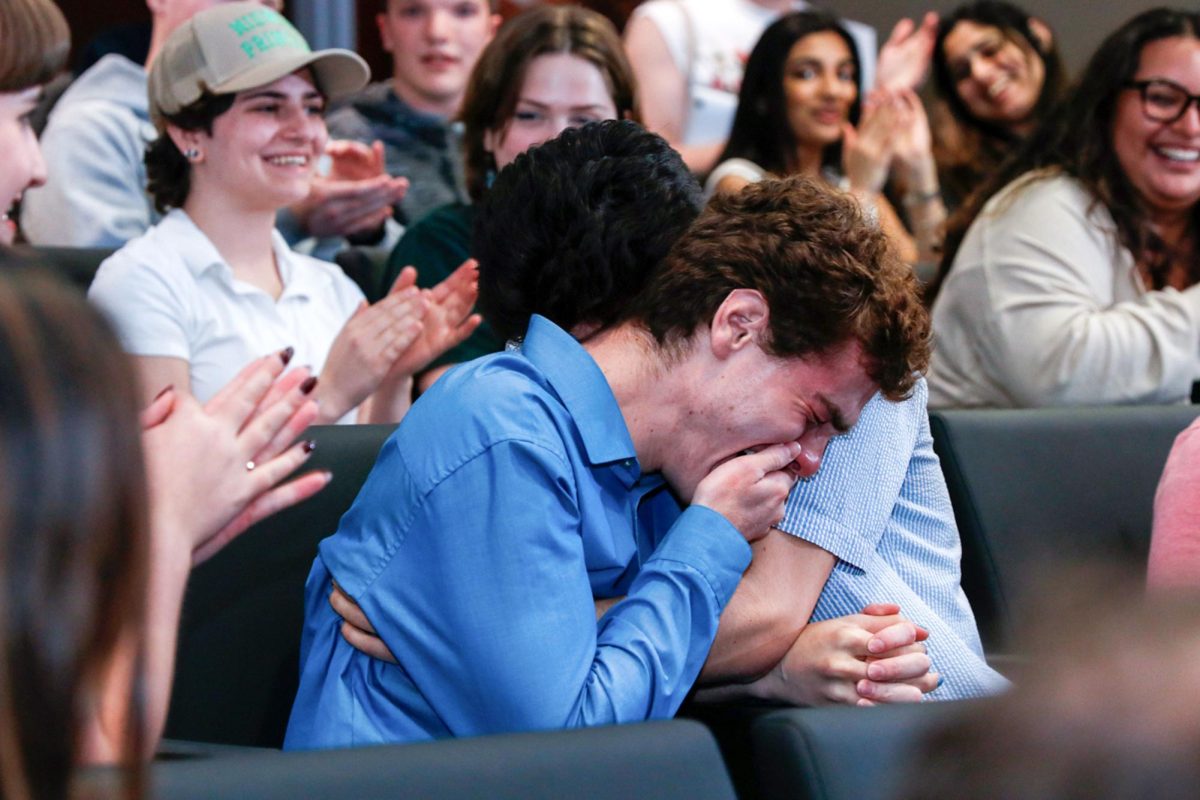The Joint Elections Commission will tally Student Association election ballots through a ranked-choice voting system for the first time this week.
Previous SA leaders proposed the idea of ranked-choice voting in the fall of 2017, but the SA senate did not implement the system until last semester. The new system allows candidates that students do not rank No. 1 to garner votes in the event that a student’s first choice does not receive a majority vote.
The Hatchet spoke with Kyle Piekarski, the chairman of the JEC, who broke down the new process. Here’s what he had to say:
What is ranked-choice voting?
Piekarski: There’s going to be six candidates on the ballot, and every voter is going to have the ability to basically put their preferences in order for all six candidates. They can rank none if they choose or all six if they want or any number in between.
They can say, “This is my first choice, this is my second choice, my third, my fourth, my fifth, my sixth” and so on. In the ranked-choice election, we’re basically going to boil it down through a tabulation process, and based on the levels of support, we’re going to boil it down to which candidate has the most support – in this case, a majority of the student body or 50 percent plus one or more.
How will students vote on election day?
Piekarski: We’re going to be conducting elections through Engage – a student organization system where every student’s account is connected to their GW account. When the ballots open, every student will get an email notifying them that the voting is enabled, and when they log into Engage – linked in the email – there will be a big top bar on everyone’s page that says something like “elections.”
How does ranked-choice voting take the preferences listed on each ballot into account?
Piekarski: We take all the preference votes and determine which candidate has the most “first preferences” of the final two by eliminating everyone who doesn’t hit that top level. The candidate who has the least “first preferences” of the six we will take out of consideration and redistribute the second preferences of the voters of that candidate.
What would be an example of the ranked-choice system in action?
Piekarski: Say George Washington is ranked as sixth place. In the first round of the tabulation, we then remove George Washington and the second preferences of the voters for George Washington, we transfer the votes to that candidate. Say Mark Smith voted 1. George Washington and 2. Frederick Douglass – his vote now counts for Frederick Douglass. Basically we transfer the preferences until someone gets a majority of 50 percent plus one.
Why is the ranked-choice system used for the president and executive vice president seats but not for senators?
Piekarski: The tabulation can run in a similar fashion for senators, but it’s way too complicated for the technology we have because the individual school seats have multiple senators involved in one particular school. For the Elliott School of International Affairs and Columbian College of Arts and Sciences – in the undergraduate senate – we’re just taking the number of candidates with the most votes in the first round. We can’t make ranked choices in those because the math gets too hard.
We finally have the capacity to do some races in ranked choice. OrgSync, the old student organization program we used for the ballots last year, had no capacity to do any ranked choice. The new computer system has the ability to do ranked choice and most of the races this year and we hope all of them next year. That’s the hope. But the change to ranked choice occurred this year just because the University switched computer programs – all student orgs migrated from Org Sync to Engage.
What is the benefit of the ranked-choice voting system?
Piekarski: Ranked-choice voting helps avoid having to have run-off elections, and it allows for everyone to have a say, effectively through the preference system. Say your candidate has the lowest first preferences. Your second preference, your third preference, your fourth preference can still be used to help out the winner. It’s an enforced majority, in that the person who wins will have more than half the votes. And people who support candidates that they feel may not be the favorite or the second favorite will be able to rest assured knowing that their vote will still count toward the final if they choose to rank more than one candidate.







